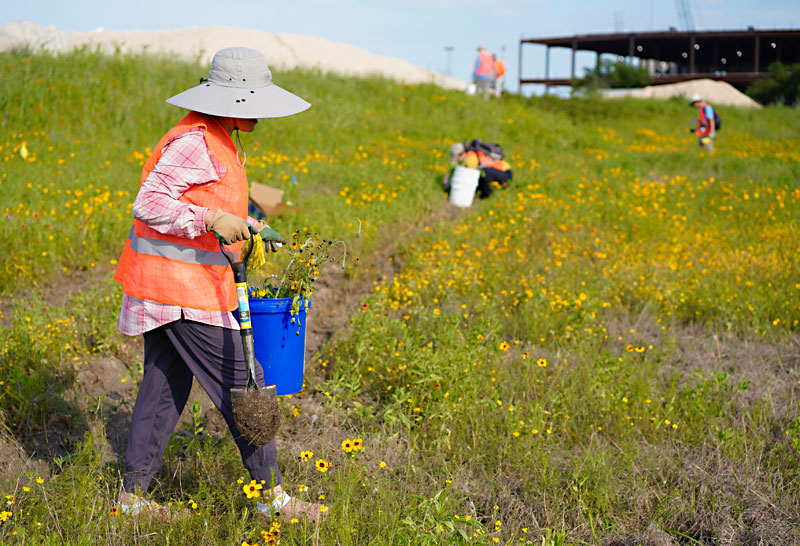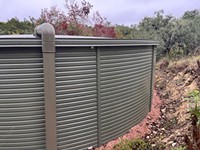With Breakneck Development in Williamson County, Native Plant Rescue Teams Step In
Pocketful of posies
By Emily Engelbart, Fri., July 21, 2023

By salvaging and relocating a variety of native plants and seeds that would otherwise be replaced by an expanded road or an apartment complex, Ashley Landry is seeking to prevent further destruction of species in Williamson County.
The rate of development in Williamson County is among the highest in Texas. Landry not only witnessed the growth while hiking in the area, but also saw the lack of attention dedicated to the existing plants that experienced an unfortunate fate. Before flowers like green comet milkweed or prairie pinkroots found a new home, concrete replaced them, overtaking their habitat.
So, Landry initiated a project to rescue a variety of flora, some of which solely exist in Texas; others are endemic only to the Edwards Plateau region, which covers western Travis County and stretches across the Hill Country.
"[I saw] this disconnect as we have this huge biodiversity of wonderful plants that are disappearing," Landry said about her inspiration for this project. "And so it just started with me, hoping to save the plants and give them new homes."
To conduct these plant rescues, Landry first gets approval from developers to access the construction zones. Developers have no reason to be afraid that rescuers will encounter an endangered plant, which could halt their construction plans, Landry said. These plants lie on private property and do not classify as endangered species, so they bear no protection.
Landry and her team – composed of volunteers from both the Native Plant Society of Texas and Good Water Master Naturalists – collect plants of greatest conservation need, like plateau milkvine, or more unusual species like pineapple cacti. Once they sequester the plants and seeds from construction zones, the team relocates them to destinations including the San Antonio Botanical Garden, the Lady Bird Johnson Wildflower Center, and Native American Seed. "We just want for people to be able to get these plants in an ethical way, by hopefully getting them into the native plant trade," Landry said.
Some volunteers lead their own projects with the rescued plants, such as introducing pollinator gardens to local schools. Cindy Chrisler, president of GWMN, has relocated some plants to a garden she maintains at Lake Georgetown, in collaboration with the Army Corps of Engineers. "The encroaching development is just something we're going to have to live with. But we can mitigate that by saving what plants we can and making pocket prairies and community gardens with native plants," Chrisler said. "As the climate worsens for us, using native species is going to become more and more important."
"I just want everything available and conserved," Landry said, "everything backed up."
Got something to say on the subject? Send a letter to the editor.









